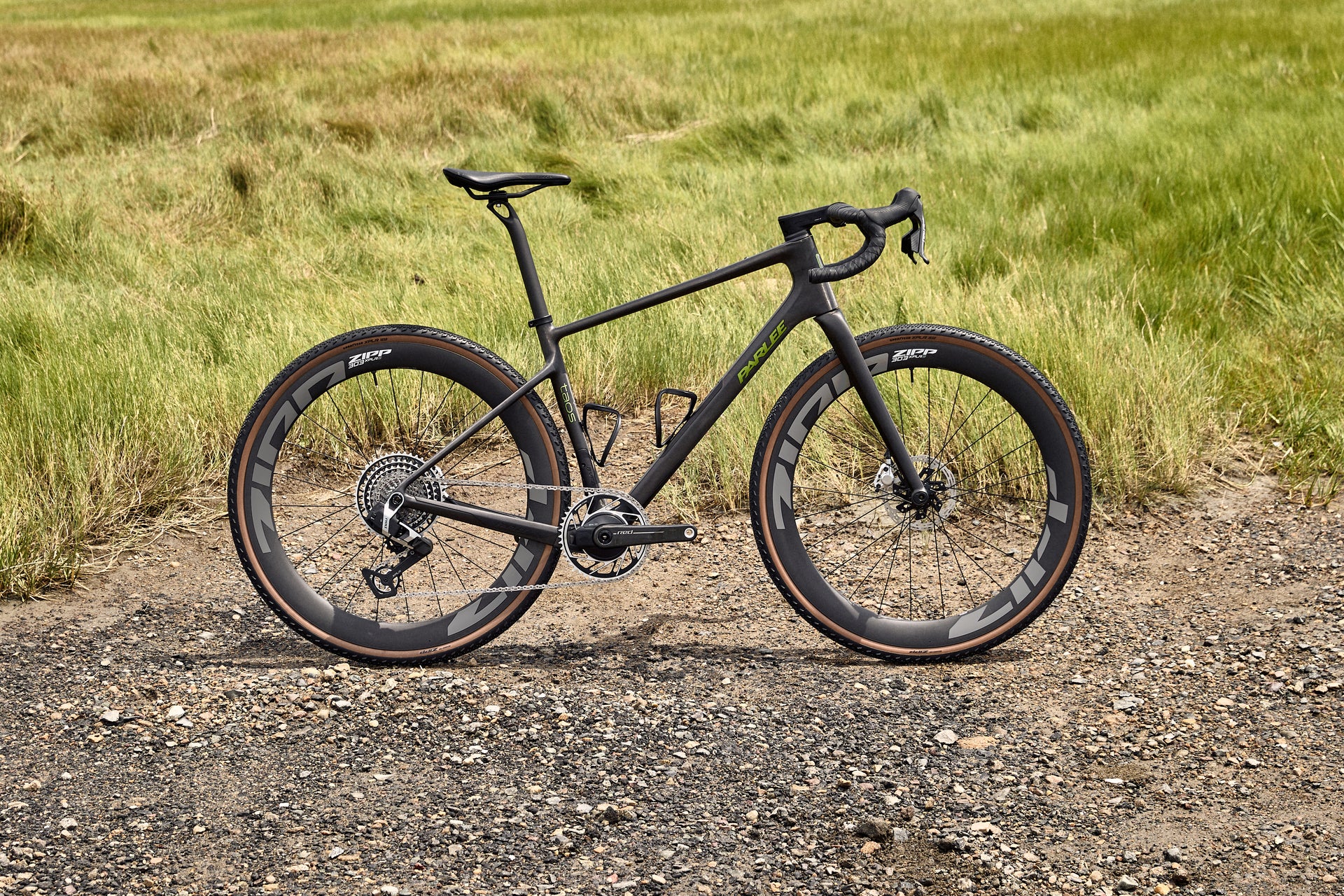All Posts
Why Low-Poly 3D Models Work So Well with Visual Commerce
Have you ever wondered in what format to publish 3D models of your products on your website? Performance and intellectual property protections are essential for manufacturing companies of complex products.

Have you ever wondered which 3D model format to use in visual commerce applications, where visualization performance and intellectual property protection are crucial? Low Polygonal 3D models have risen to prominence among the various approaches due to their simplicity and efficiency.
In this article, we will explore the benefits of low-polygonal models and how their lightness enhances loading page speed and reduces intellectual property infringement risks.
Understanding Low Polygonal 3D Models
A low-poly 3D model is a three-dimensional computer-generated graphic that employs a minimal number of polygons or geometric shapes to represent an object or scene. Polygons are the basic building blocks used in 3D computer graphics, and a low-poly model intentionally restricts the number of these polygons to create a simpler and more streamlined representation.
The term "low-poly" is relative and may vary depending on the context. The reduced polygon count leads to a more straightforward and less detailed representation of the object, which can have various advantages in efficiency, performance, and stylistic choices.
According to a study published in the Korean Journal of Computational Design, the efficiency gains of Low Polygonal models in real-time applications, such as gaming and virtual reality, are substantial. The simplified geometry allows for faster rendering and improved performance, providing companies a valuable tool for displaying their products.
The Benefits of Low Polygonal Models
High Visual Quality: Low Polygonal models can achieve high visual quality despite their simplified geometry. Clever texturing and shading techniques allow creators to maintain an aesthetically pleasing appearance, making them visually appealing for various digital projects.
Efficient Computational Resources: Low Polygonal models stand out for their ability to maximize computational resources. Reducing polygon count translates to quicker rendering times while enabling smoother real-time interactions.
Streamlined Prototyping: The simplicity of Low Polygonal designs streamlines the prototyping and design iteration process. This allows creators to experiment and refine their ideas more rapidly than with detailed models.
Enhanced Real-Time Performance: In an exhaustive research of low polygon algorithms performed by the Instituto Politécnico Nacional (Grazia, Caradonna et al., 2020), Researchers highlighted the enhanced real-time performance of low-polygonal models in virtual environments. This makes them ideal for visual commerce applications, where responsiveness is crucial.
Lower Risks of Intellectual Property Infringement
One key aspect of Low Polygonal models lies in their inherent limitations regarding detailed information. Unlike high-polygon models that may contain precise specifications, the minimalist design of Low Polygonal models naturally reduces the risk of exact replication. The lack of granular details within the model inherently acts as a safeguard, making it challenging for third parties to replicate the design precisely.
Intellectual Property Protection Strategies
While Low Polygonal models inherently provide a degree of protection, creators should still adopt strategies to fortify their intellectual property:
Clear Documentation: Explicitly document the limitations of your Low Polygonal models in terms of detailed information. This clarity strengthens legal defenses in case of disputes.
Strategic Licensing: Craft licensing agreements that align with your manufacturing or distribution goals. Clearly communicate the intended use and limitations of your models.
Continuous Technological Innovation: Leverage technological advancements to enhance security measures within your Low Polygonal models. Incorporating advanced encryption or digital signature technologies can provide added protection.
Conclusion
In conclusion, Low Polygonal 3D models offer manufacturers a powerful tool for efficient and visually appealing digital projects. These models' inherent benefits and lower intellectual property infringement risks make them attractive for manufacturing industries.
As you embark on your journey of Low Polygonal modeling, remember that simplicity does not equate to compromise. Instead, it opens doors to new possibilities and safeguards your creative endeavors. Adopting the strategies outlined here, you can confidently share your Low Polygonal creations on the web, contributing to the ever-growing landscape of digital creativity.
Additional Resources
For further exploration of Low Polygonal modeling, consider the following resources:
Sangkun, Park., Sang, Hun, Lee. (2004). A Compact and Efficient Polygonal Mesh Representation. Korean Journal of Computational Design and Engineering, 9(4):294-305.
Grazia, Caradonna., Simona, Lionetti., Eufemia, Tarantino., Cesare, Verdoscia. (2018). A Comparison of Low-Poly Algorithms for Sharing 3D Models on the web. 237-244. doi: 10.1007/978-3-319-56218-6_19




